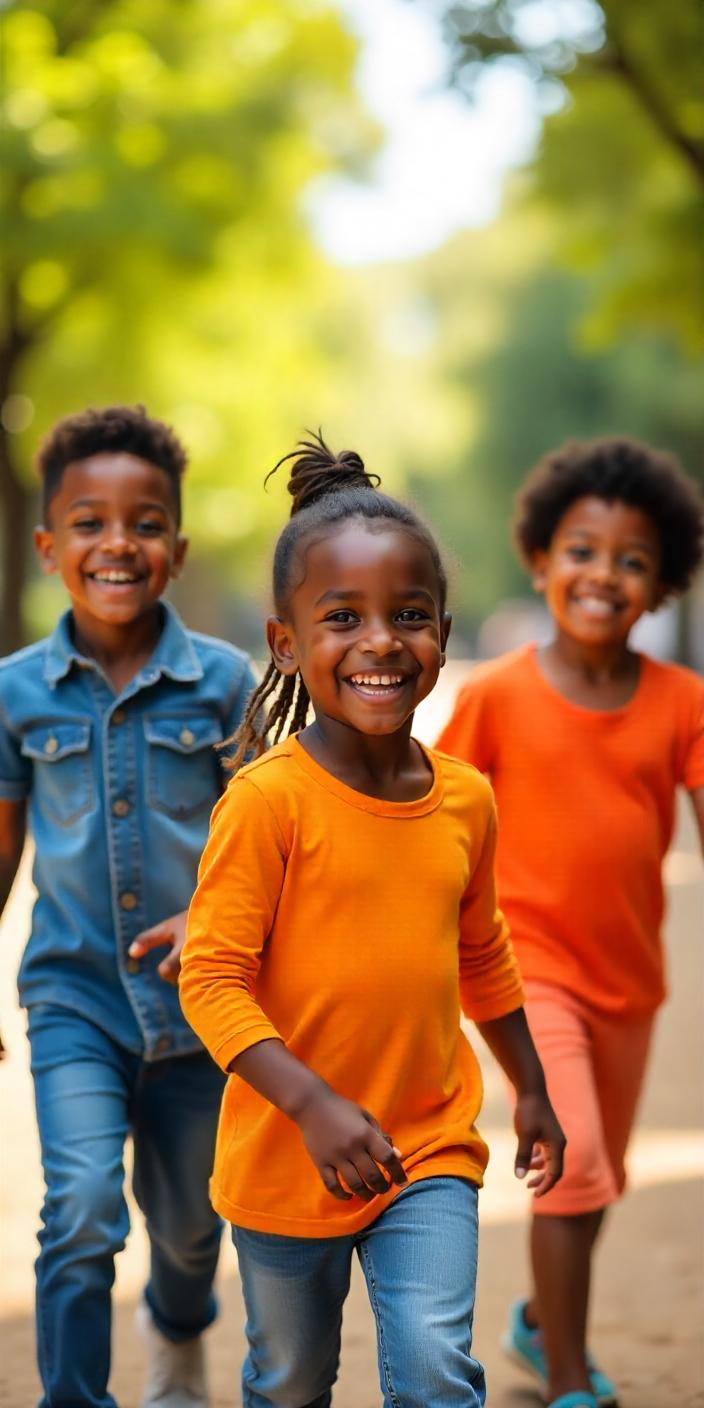The Godfather of Art -PATRICK MUKABI
Patrick speaks to HARRIET OGAYO about his passion for art and passing on the baton. This interview was first published in the July 2019 issue of Parents.
When you step into Patrick Mukabi’s Dust Depo Artists’ Studio located at the Nairobi Railway Museum, the one thing that strikes you is the talent and skill that abounds. Paintings and sculptures of different sizes and forms adorn the walls and those that could not fit are placed leaning on the wall, arranged in several clusters.
It is almost poetic that the studio is located here as Patrick, or ‘Panye’ as most people call him, grew up around railways, his father and his grandfather having worked for Kenya Railways back in the day. As it was back then, it was expected that he would take it up a job at the Railways also. But his mother, a nurse, wanted him to be a medic.
However, for Patrick, who grew up both in Mombasa and Nairobi, the art bug had bit early on in his life. “In primary school, our first lesson on Monday was painting and drawing; my mum also used to bring Opus Dei books which had Michelangelo’s paintings and our church had these colourful human figures on the windows,” he says of his influences.
By the time he got to high school at Eastleigh High School, his talent was so evident that his art teacher took note and encouraged him to pursue it. “I was struggling a lot with math and he told me instead of resenting school, I could improve on my art and he gave me the key to the art room. Other subjects like geography, history and literature were easier for me because I could visualise things so clearly in my mind,” he reveals.
When he told his father about his intention to pursue art, it naturally did not go down well. “He was mad! He told me art would never buy me a bed. He was also a musician and he’d seen how artists struggled so we compromised that I’d go to college and do graphic design,” he laughs.
His mother, being more receptive of his choice, enrolled him for a six-month fine arts course at Creative Arts Centre before he joined Kenya Polytechnic, now Technical University of Kenya, for a certificate in graphic design.
Although it was not his plan, he found that graphic design and his fine art skills complemented each other and he also learnt how to handle clients, the essence of collaboration and creating networks, which he says have come in handy as time goes.
On completion, he received Ksh2,000 from his father after coercion from his mother to start him off.
He went on to join a children’s program at Kuona Trust, which exposed him to working with children and a diverse set of materials as he also got to be on TV and traverse the country.
“I spent a whole year there just teaching kids. We’d be told that 20 kids were coming only for 200 to show up so resources were stretched and we had to be creative. We ended up using soil, soap, charcoal and JIK just to make sure everyone was included,” he explains.
The making of an artist
According to him, it took about five years for it to feel like he was actually making a living off his craft. Nevertheless, those were five years filled with lessons. “I made some good money in my first year which helped me buy more materials and I would go to galleries to see what made the good ones stand out then try to incorporate it in my work,” he offers.
Patrick and his art became so inseparable that being a teetotaller, he would be chased out of entertainment joints as he would only be sketching people, which was bad for business.
And even though he was constantly drawing, he struggled with finding the perfect composition for his paintings and the subject of interest. “The common theme with artists from independence was the struggle and poverty and the ones I had access to from 14th century Europe would not relate with Kenyans. I wanted to do my own thing,” he shares.
At some point, the realisation hit him that everyday life was interesting enough to be on a painting. With influence from Michelangelo, he also started painting human figures, and more notably those of market women with lesos around their waist.
Eventually, he got a hang of things and to date he is known more for his paintings of market women. “I grew up around South B and Kangemi markets and since I was drawing what was around me, they became my main subjects. They would either chase me away or give me fake poses so I would wait for them to turn and I’d start painting. Of course, I’d exaggerate them a bit. Eventually, I decided to make it my brand,” he explains.
Even then, Patrick is a multi-talented artist and aside from paintings of a vast number of subjects, he does sculptures, charcoal work, pencil sketches and collages. As is, he holds a considerable stake in enriching the Kenyan art scene and elevating careers.
The art business
According to Patrick, the hardest thing for any artist is to make a living from art. “I think the way I struggled with math in school translates to the relationship between artists and finances,” he opines even though he says people can excel in both sciences and art.
However, he has a few nuggets of wisdom for those who are pursuing art. “Art requires discipline. You have to know how to keep time; when to paint, when to sell and what to do after that sale. Because bills have to be paid, I set aside half of that for survival and the rest for buying more supplies,” he remarks.
He also encourages them to learn how to budget and maximise on their creative peak. “Find the time when you are at your most creative and hang out with people who help you maximise that feeling. Learning when to stop is also important; you don’t have to fill a canvas,” says the 49-year-old.
He also adds that business acumen and being knowledgeable about different things makes one a better artist. Despite being a seasoned artist himself, he also keeps learning from others, regardless of their age.
Patrick emphasises on the need for artists to know their worth. “Your art is not meant for every exhibition and if you seem desperate to sell, people will take advantage,” he reiterates.
Being at it for over 20 years has also come with its set of milestones. “I used to have a list but after a while I realised I’d surpassed them,” he smiles wryly.
He is, however, happy that he is making a living through his art and it has enabled him to travel to 23 countries exhibiting his work and teaching, having sold-out shows and meeting influential people. Patrick also sits on the board at the College of Arts at Sheria House, aside from having several government-commissioned paintings.
Some of his most notable works are also found at Jomo Kenyatta International Airport as well as in several Java House outlets. His most recent accomplishment is that some of his pieces are treated as collateral for bank loans.
“A bank recently asked me to clarify the value of my painting which is so surreal. I think there are only two other artists that I know of, Picasso and Warhol, whose art is accepted as collateral,” he says incredulously.
He also does not take lightly the fact that he’s trained other notable artists. “I charge Ksh500 to train people from the studio and Ksh1,200 if I go where they are based,” says the artist.
Patrick also teaches in several schools around the country and also travels often to teach classes abroad. Because of his work, most people treat Patrick as a mentor and keen to pass on his knowledge, he takes them in. For starters, he does not charge artists for using the space and neither charges commission if their pieces get sold.
Having worked with children since his novice days, he also has a heartfelt message to parents, “Let your kids be. Listen to what they want and don’t try to live your dreams through them.”
Through mentorship, he has also taken up a bit of social work as sometimes people come to him with personal issues and even though it can be draining sometimes, he keeps a positive mindset and as such some of them have become family.
“When people come here, I don’t turn them down. I understand what it is to be an artist,” he says.
Speaking of family, at 18 months, Patrick’s daughter is already showing signs that her father’s magic touch runs through her veins. She can identify colours and one of her favourite pastimes is painting.
“Anything she paints, we put it up near her bed so that she knows from a young age that what she is doing is important. And when she comes here, she is not shocked by what she sees,” says Patrick.
His older son from a previous relationship also likes to hang out at the studio and draw just like his dad. “He usually wants everything to be perfect that he gets frustrated when something doesn’t come out the way he wants but he’s learning,” he says in conclusion.



